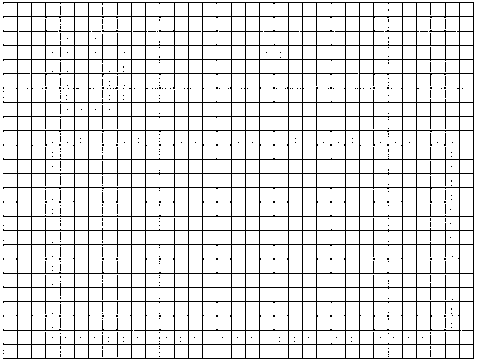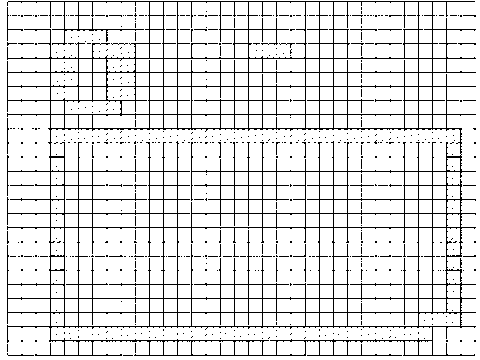Image-segmentation-based scanning image dedusting method
A scanning image and image segmentation technology, applied in image enhancement, image data processing, instruments, etc., can solve the problems of insufficient automation, affecting the production efficiency of scanners, and the decline of scanning speed, etc., and achieve the effect of accurate restoration
- Summary
- Abstract
- Description
- Claims
- Application Information
AI Technical Summary
Problems solved by technology
Method used
Image
Examples
Embodiment Construction
[0029] The invention combines the characteristics of dust and other damages to segment the image area of the scanned image, accurately segment the real information of the scanned image and the dust area, and then perform linear interpolation according to the non-dust pixels in the neighborhood of the dust pixels, so as to achieve The purpose of repairing dusty areas in scanned images. The technical scheme of the present invention can adopt computer software technology to run the process to realize automatic ash removal. The technical solution of the present invention will be described in detail below in conjunction with the drawings and embodiments. The flow process of embodiment sees Figure 7 :
[0030] Step 1: Perform mean filtering on the scanned original image A to obtain image B.
[0031] The embodiment applies a 3*3 average filter to filter the scanned original image A to obtain an image B. figure 1 It is the 3*3 mean value filter used in the present invention, wh...
PUM
 Login to View More
Login to View More Abstract
Description
Claims
Application Information
 Login to View More
Login to View More - R&D
- Intellectual Property
- Life Sciences
- Materials
- Tech Scout
- Unparalleled Data Quality
- Higher Quality Content
- 60% Fewer Hallucinations
Browse by: Latest US Patents, China's latest patents, Technical Efficacy Thesaurus, Application Domain, Technology Topic, Popular Technical Reports.
© 2025 PatSnap. All rights reserved.Legal|Privacy policy|Modern Slavery Act Transparency Statement|Sitemap|About US| Contact US: help@patsnap.com



